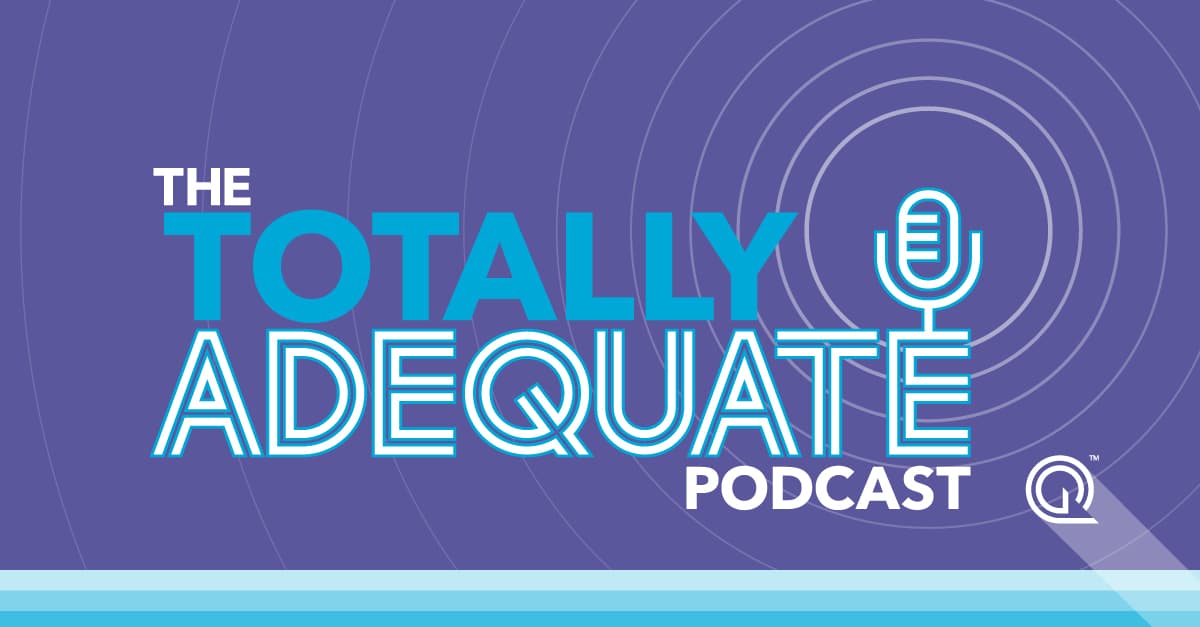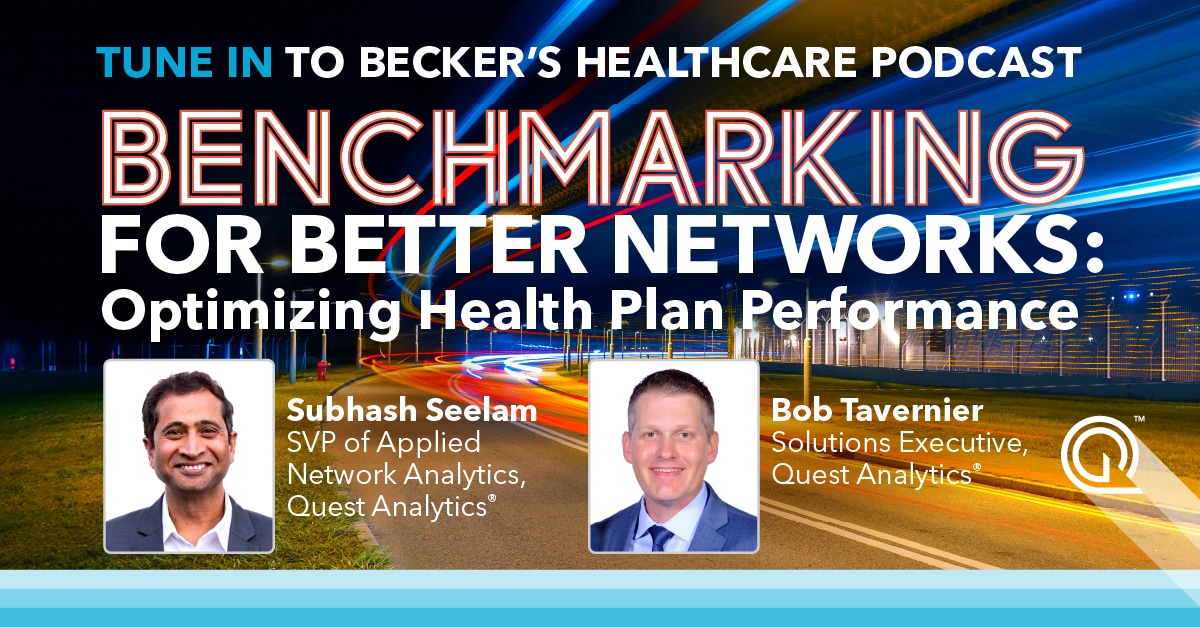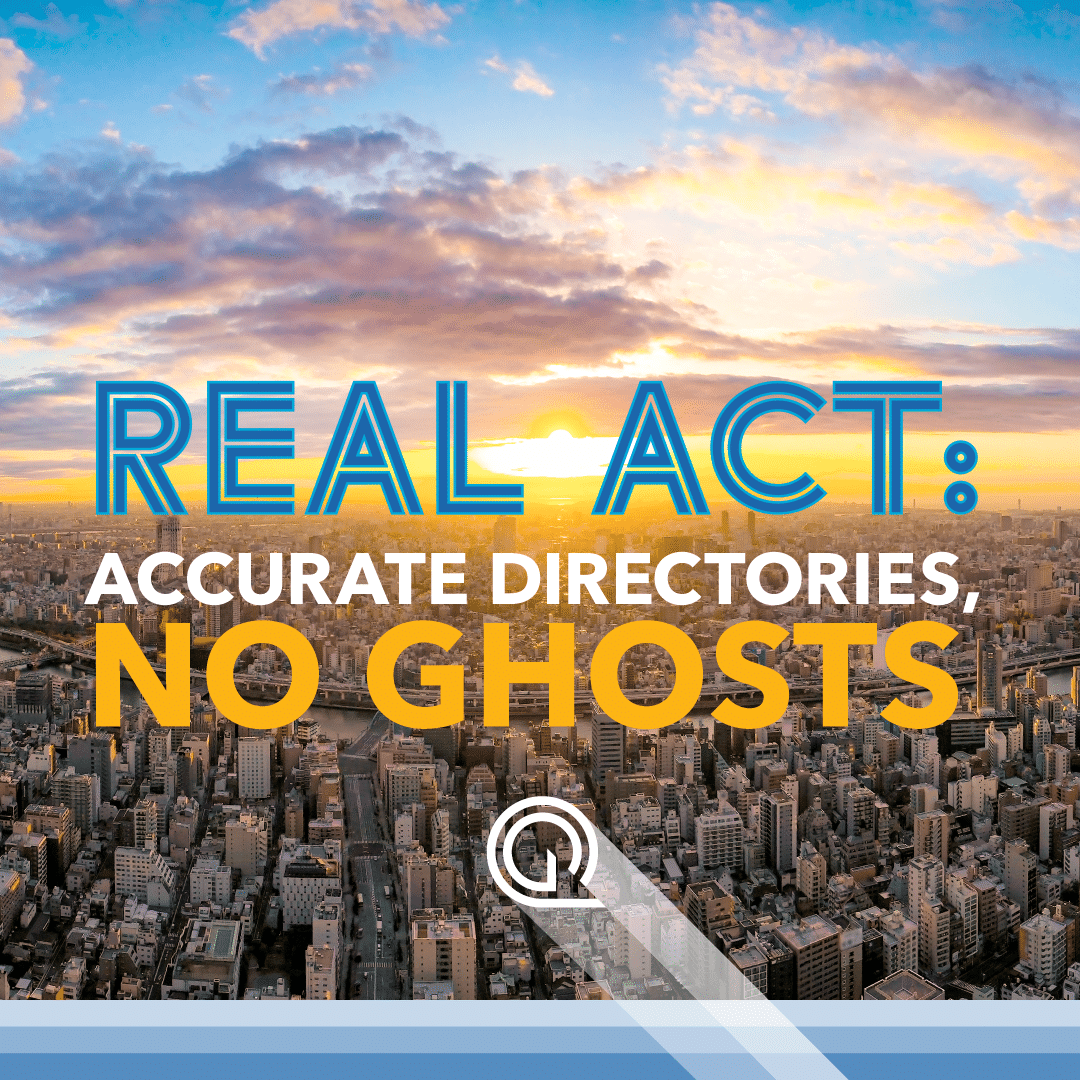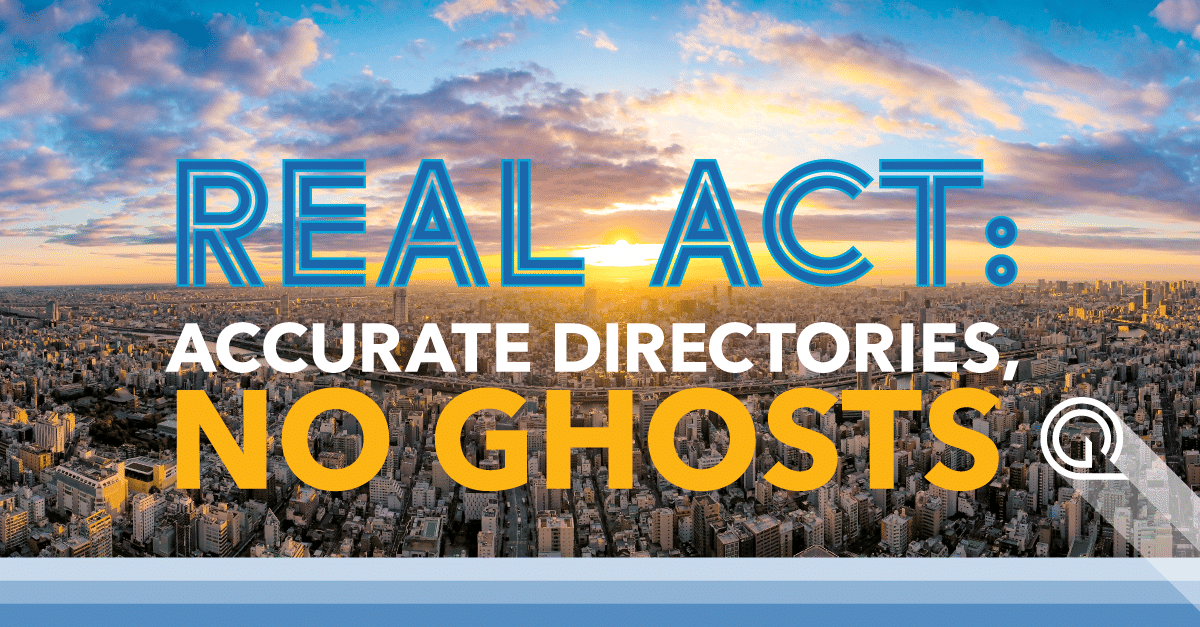Ghost networks-have you heard of them? This term is increasingly appearing in industry discussions and headlines. Given its rising prominence, we believe it’s timely to provide you with a comprehensive update on this topic that’s currently capturing significant attention within the healthcare sector and legislative arenas.
What is a Ghost Network?
A ghost network refers to healthcare providers listed in a health plan’s provider directory who are not actually available to provide care as indicated. These inaccuracies can occur when the directory features incorrect information about the provider, such as the wrong specialty, practice location, or contact details. Ghost networks also occur when a health plan’s directory lists providers who are not accepting new patients or are not contracted with the network, misleading consumers into thinking they can access care that is truly unavailable.
Ghost networks occur when health plan directories contain inaccurate or outdated provider listings.
- Inaccurate provider specialty type, practice location, or contact details
- Providers who are not accepting new patients
- Providers who are not part of the plan’s network
What Causes a Ghost Network?
Similar to provider data accuracy, several factors contribute to creating ghost networks. Here are the most common reasons.
1. Provider Data Accuracy Challenges
Maintaining provider data accuracy is a multifaceted challenge. Network data frequently changes as providers update their panel status, retire, or change their contact information. This dynamic nature, coupled with communication gaps about regular provider data updates and verification often results in provider directories with outdated information.
To learn actionable tips for enhancing provider data accuracy, improving outreach, and achieving better outcomes, read 5 Best Practices: Improving Provider Data Accuracy, Provider Outreach and Outcomes
2. Varied Provider Directory Requirements
Each market or plan product has its own set of provider directory accuracy requirements, such as plan provider directory policies and procedures, specific metrics for provider outreach reporting, distinct data verification elements, and varying network adequacy standards. These discrepancies create diverse provider outreach and verification timelines, complicating efforts to maintain consistent and up-to-date data across the organization. This fragmentation can lead to directories with outdated or incorrect information. The result is a significant administrative overhead, inefficiencies, and the perpetuation of ghost networks.
3. Difficulty Integrating Data Updates
Healthcare organizations often rely on multiple data systems, each serving different purposes and used by different teams. Synchronizing provider data across these systems can be challenging, and delays in updates or issues with version control can increase the likelihood of errors, such as outdated information on providers who have changed locations. If updates or changes are not integrated effectively, ghost providers can accidentally be left in the data and the provider directory.
4. Employee Turnover and Shifting Initiatives
When employees transition to new positions or teams take on new responsibilities, knowledge gaps and inconsistencies can arise. These shifts can result in delays or omissions in critical updates. For instance, if an employee formerly responsible for updating provider data moves to a new role and does not properly transfer their duties, essential updates may be missed.
What are the Implications of Ghost Networks?
Ghost networks can significantly impact the healthcare ecosystem. Their presence in provider directories and network analyses can negatively affect the quality of service and, ultimately, your bottom line.
1. Quality of Care
Ghost networks compromise the quality of care provided to patients. When patients unknowingly seek care from providers who are no longer practicing or are not part of the network, it can lead to delays, inappropriate treatment, or the need to find alternative providers.
2. Financial Implications
From a financial perspective, ghost networks can pose significant issues for health plans. Financial losses can occur from claims for services provided by ghost providers, resulting in unnecessary costs and potential legal challenges.
3. Credibility and Trust
Ghost networks can damage the credibility and trust of both health plans and providers. Patients may lose confidence in the accuracy of provider directories, leading to dissatisfaction and potential shifts to other healthcare options.
Learn more about the 5 Ways Ghost Networks Cost Health Plans and Health Systems.
Senate Attention on Ghost Networks
Requiring Enhanced & Accurate Lists of Health Providers Act
Recognizing the potential harm caused by misleading information in provider directories, lawmakers have turned their attention to reducing ghost networks. In response to these concerns, the Requiring Enhanced & Accurate Lists of Health Providers Act, or the “REAL Health Providers Act” has been introduced. The bill aims to prevent ghost networks by mandating more stringent provider director accuracy requirements for Medicare Advantage plans.
Shedding Light on Ghost Networks: The Secret Shopper Report
The United States Senate Committee on Finance released its Secret Shopper Study on provider directories in May 2023. This study assessed the accuracy of provider directories from 12 health plans across six states.
During the study, staffers attempted to make mental health appointments by calling 10 providers from each plan, using the listed provider information.
The results?
- Out of the 120 provider listings contacted by phone, 33% were inaccurate, non-working numbers, or unreturned calls.
- Staff could only make appointments 18% of the time.
- More than 80% of the listed, in-network, mental health providers staff attempted to contact were considered “ghosts,” as they were either unreachable, not accepting new patients, or not in-network.
Behavioral Health Network and Directory Improvement Act
Another proposed federal bill, the Behavioral Health Network and Directory Improvement Act, aims to address the issue of ghost networks in behavioral health care for individuals enrolled in private health insurance plans. The act proposes stricter requirements for provider directory accuracy, including mandatory independent audits of health plan networks by both the federal government and the health plans themselves. Audit results would be published online for public transparency, with civil monetary penalties for non-compliance. Additionally, the bill calls for higher network adequacy standards, parity standards to keep behavioral health reimbursements on par with physical health, and for behavioral health providers to regularly update the information they submit to health plans, including timely information on whether they can accept new patients.
Three Strategies to Minimize Ghost Networks in Healthcare Organizations
Ghost networks can significantly disrupt healthcare organizations, so it’s essential to implement strategies to reduce their occurrence. Here are three key strategies to consider.
Invest in an Enterprise Provider Network Management Solution
Selecting a comprehensive provider network management solution is your first step to minimizing ghost providers. Look for a platform that offers continuous data analysis and insights. This platform should be able to identify which providers are actively seeing patients and at which locations, pinpoint data discrepancies, and provide actionable insights for resolution.
Enhance Provider Verification to Improve Provider Data Accuracy
Partnering with a trusted organization like Quest Analytics® can greatly enhance provider data accuracy. Quest Enterprise Services® Accuracy includes provider verification support through outreach services and regular data updates. Our continuous 90-day outreach process provides consistent attestations, providing you with the information necessary to ensure your directory lists providers who are actively participating in the network.
Prioritize Solutions that Promote Seamless Cooperation between Teams
Effective provider network management relies on strong collaboration and the participation of multiple teams within your healthcare organization. Prioritize solutions that promote seamless cooperation between teams, enabling flexibility in network viewing and the sharing of key insights.
Discover how Quest Enterprise Services® is breaking down organizational silos to enhance scalability, visibility, and compliance for leading organizations. Watch the On-Demand Webinar: Breaking Silos, Leveraging Efficiencies And Reducing Risk
By implementing these strategies, you can strengthen your provider networks, minimize the occurrence of ghost providers, and improve directory accuracy.
Ghost networks and providers are a significant problem in the healthcare industry. Fortunately, health plans and providers can take steps to identify and eliminate these ghost providers through the use of advanced analytics solutions. By ensuring the accuracy and completeness of healthcare provider data, we can eliminate ghost networks, resulting in higher quality of care, more significant cost savings, and improved patient outcomes.
GHOST NETWORK PREVENTION
Identify ghost providers and optimize the value of your network, by ensuring it’s adequate, accurate, and active with Quest Enterprise Services®.
Related Articles on Ghost Networks and Health Policy News
Proven Solutions for Your Provider Network Management
Looking to simplify your workload? Let Quest Analytics take on the heavy lifting! Our solutions and dedicated team specialize in provider data accuracy and provider network adequacy for various lines of businesses, including Medicare Advantage, Medicaid and Commercial. Schedule a strategy session today and see how we can help you every step of the way.













